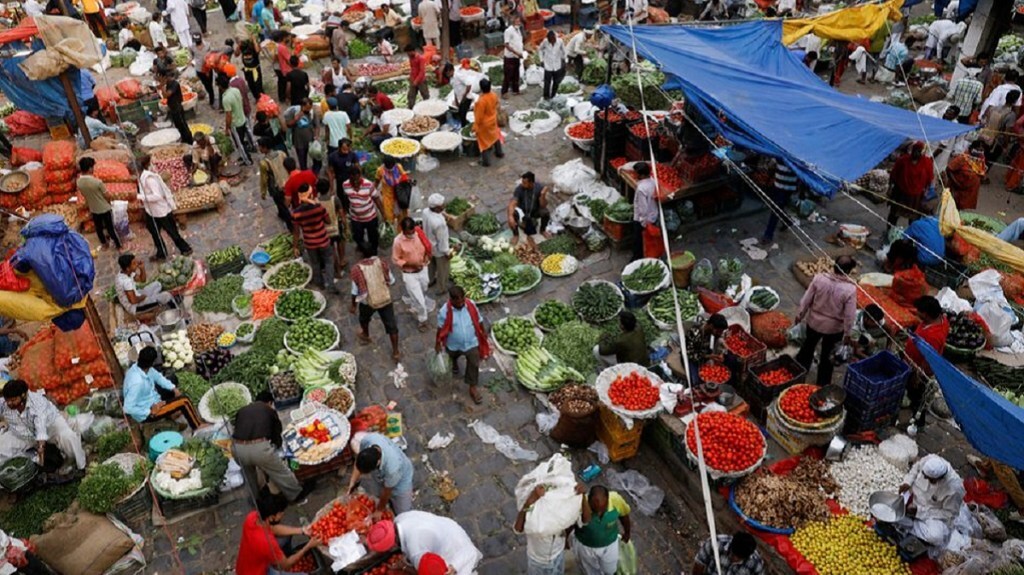It’s a two-edged sword for India in terms of growing inflation. An assessment by HSBC Holdings Plc said that while a weak winter crop would potentially be bad news for India’s inflation, a bumper crop won’t be good either. It said that a good winter crop harvest should slow inflation but higher rural and informal sector demand may lead to a further tightening of rates as producers continue to restore margins, pressuring core inflation. Further, if the winter crop due in March/ April is weak, food inflation could remain high even if rural incomes and core inflation fall. In both the cases, inflation in FY24 will tread higher than consensus, HSBC analysis said.
Goods inflation or services inflation?
In contrast to the global trend, goods inflation in India is outpacing services inflation due to rise in demand from the rural and informal sector. Why is that? According to HSBC, farm sowing and rural wages have begun to rise after 2022. Indicators for rural demand which includes production of non-durables have risen while the indicators of urban demand have declined. Informal sector too has begun to regain its footing after the series of lockdowns and rising global commodity prices. Rural consumers are leading the demand for more goods than services. In line with this, manufacturers are also taking up the opportunity to raise prices and restore margins. This may further escalate in case the winter crop harvest is good resulting in up to 60 per cent of rural India performing better than in the last few months.
While the rural demand fell in late 2021, it rebounded in the last few months of 2022 to above pre-pandemic levels. Demand for employment guarantee scheme MGNREGA also declined, higher incomes showed up in some rural indicators like consumer non-durables production. Similarly, the informal sector too suffered due to lockdowns and commodity price shocks. Later in 2022, informal sector incomes and demand appear to be rising, again showing up in indicators such as improving production of non-durable consumer goods, HSBC said.
How will RBI respond?
In response to this, HSBC said, RBI rates will be ‘strongly impacted’ by the US Fed action, global inflation, and any likely pressure on the rupee over the next few meetings. While HSBC had earlier maintained that there will be no more rate hikes or cuts and the repo rate will remain at the current 6.5 per cent in FY24, it now said that there will be a further tightening of rates in the times to come. ‘We expect a 25bp rate hike in the quarter ending June 2023, but we also forecast a 25bp cut in the quarter ending March 2024, taking the repo rate back to where it was.
The risk is for more tightening in the short run, followed by cuts, keeping the end-FY24 repo rate at 6.5 per cent,” the report said. In conclusion, the analysis maintained that parts of inflation will ‘remain elevated’ through the year, even if global commodity prices remain range bound and domestic food prices fall.


